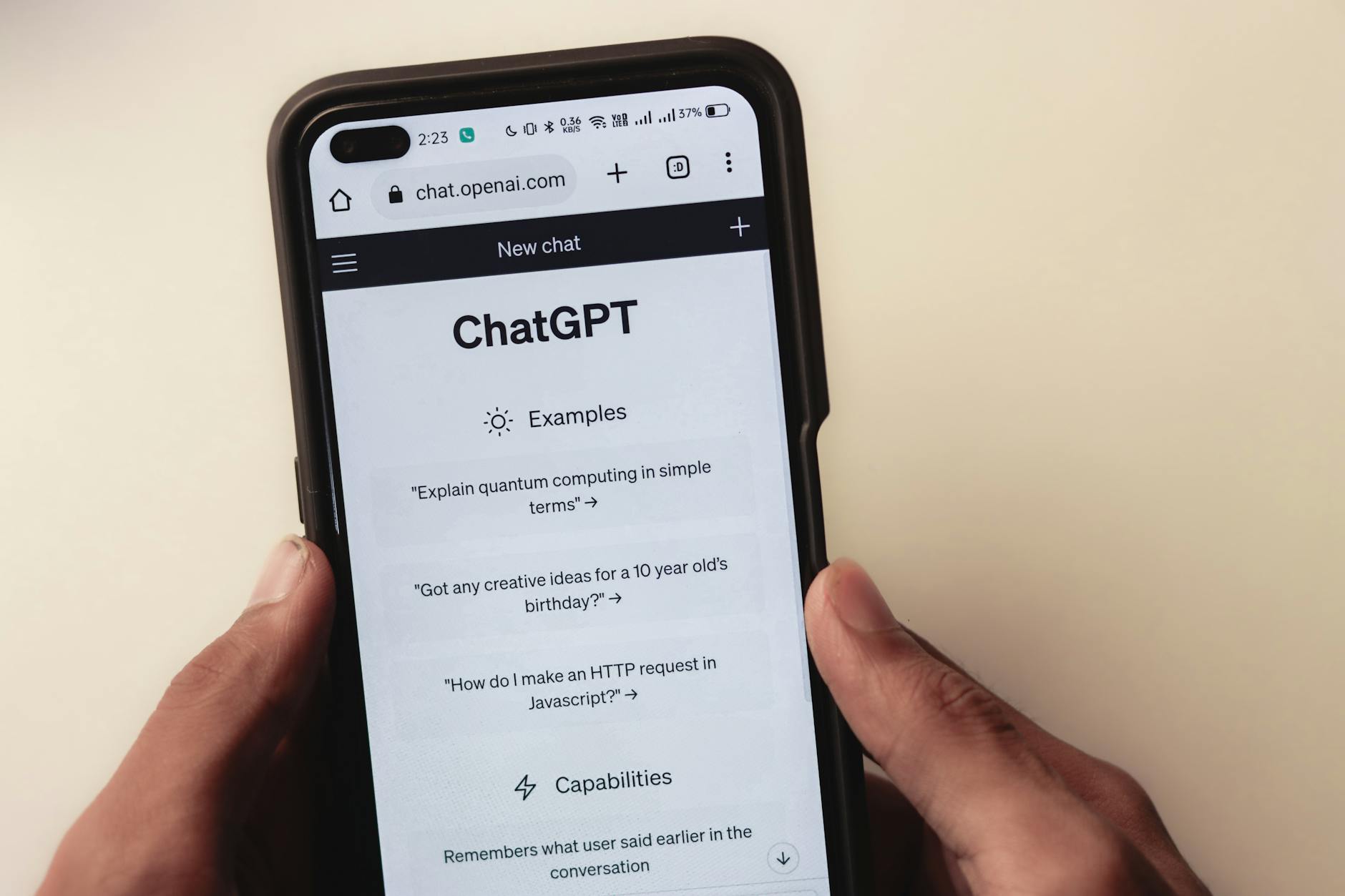Wrtn’s “GPT-5” Gambit: Korean AI Triumph or a Mirage Built on Opaque Tech and Unseen Costs?

Introduction: In the crowded and often hyperbolic world of artificial intelligence, claims of “GPT-5” powering services for millions immediately raise a veteran journalist’s eyebrow. Wrtn’s rapid user acquisition in Korea, touting a ‘Lifestyle AI’ built on OpenAI’s unannounced next-gen model, demands a closer look beyond the impressive user numbers and bold expansion plans.
Key Points
- The “GPT-5” claim, while a potent marketing tool, is highly suspect and lacks public verification, raising questions about the true underlying technology and Wrtn’s strategic transparency.
- While 6.5 million users is significant, the sustainability and monetization model for an AI service likely incurring substantial inference costs remain an unaddressed challenge.
- The concept of “Lifestyle AI” remains vaguely defined, potentially representing a collection of AI-powered tools rather than a truly integrated, novel offering that creates a lasting competitive moat.
In-Depth Analysis
Wrtn’s narrative presents an almost too-perfect picture: early access to an unreleased, bleeding-edge LLM (GPT-5), rapid scaling to millions of users, and ambitious regional expansion. As seasoned observers of the tech industry, we must peel back these layers. The primary flag is the “GPT-5” assertion. OpenAI has not publicly released, or even officially detailed, a GPT-5 model. This raises critical questions: Is Wrtn operating under an exclusive, unannounced agreement that grants them access to a foundational model far ahead of the public? Or, more plausibly, is “GPT-5” being used as a branding shorthand for a highly advanced, potentially customized or fine-tuned large language model derived from a GPT-4 class architecture, or perhaps an entirely different but powerful model operating at a perceived “GPT-5 level”? Without concrete details, this claim functions as an excellent marketing hook but a poor foundation for serious technological assessment.
Assuming, for a moment, that Wrtn does indeed leverage a cutting-edge LLM, the scale of 6.5 million users in Korea is undeniably impressive from an adoption standpoint. However, user numbers alone do not equate to a sustainable business. Running such a powerful model at scale for millions of users incurs colossal inference costs – a fundamental economic challenge for any LLM-powered service. How is Wrtn absorbing these costs? What is their monetization strategy? Is this primarily a freemium model where a small percentage of paying users subsidizes the rest, or are they burning through venture capital with the hope of future profitability? The “Lifestyle AI” concept, blending productivity, creativity, and learning, sounds appealing on paper. Yet, many existing applications, from Microsoft Copilot to Google Workspace AI features, already offer similar capabilities. The real innovation for Wrtn might lie less in the core AI capabilities and more in its packaging, localization, and user experience tailored specifically for the Korean and broader East Asian markets – a significant but often overlooked differentiator. Their success might be more about superior market penetration and go-to-market strategy than groundbreaking AI models they “built.”
Contrasting Viewpoint
While skepticism is warranted regarding the “GPT-5” claim and long-term sustainability, it would be remiss to dismiss Wrtn’s accomplishments entirely. From a market perspective, attracting 6.5 million users in a relatively short period, regardless of the underlying model’s exact moniker, demonstrates exceptional product-market fit and execution. Wrtn has clearly tapped into a significant demand for AI-powered tools within the Korean demographic. Their local expertise and ability to tailor applications for specific cultural nuances and language requirements could give them a substantial competitive advantage over global AI giants. Furthermore, even if “GPT-5” is a semantic stretch, it implies a commitment to deploying highly advanced AI, which resonates with users and investors. It’s possible Wrtn has negotiated highly favorable API access terms with OpenAI, or has optimized their inference stack in ways that mitigate the perceived costs, allowing them to scale efficiently. Perhaps the integration of productivity, creativity, and learning is genuinely more seamless and intuitive than existing siloed applications, creating a sticky ecosystem for users.
Future Outlook
The realistic 1-2 year outlook for Wrtn is a mixed bag of opportunities and significant hurdles. Continued user growth across East Asia is plausible, especially if they maintain their aggressive marketing and effective localization strategies. The early mover advantage in these specific markets, coupled with strong UI/UX, could solidify their position. However, the biggest hurdles revolve around sustainability and differentiation. Wrtn must demonstrate a clear path to profitability. The current user acquisition might be riding a wave of novelty; converting those millions into paying, engaged customers will be the true test.
Moreover, the “GPT-5” dependency, if true, presents a strategic vulnerability. What if OpenAI changes its pricing, access policies, or even chooses to directly compete? Wrtn will also face increasing competition from both global tech behemoths enhancing their own “lifestyle AI” offerings and local startups with bespoke solutions. Truly differentiating their “Lifestyle AI” beyond a collection of tools will be crucial. They’ll need to develop unique features or a proprietary ecosystem that transcends the capabilities of the underlying LLM to avoid becoming just another interface for an external model.
For more context on the economic realities of deploying advanced AI at scale, revisit our deep dive on [[The Unseen Costs of Large Language Models]].
Further Reading
Original Source: With GPT-5, Wrtn builds lifestyle AI for millions in Korea (OpenAI Blog)